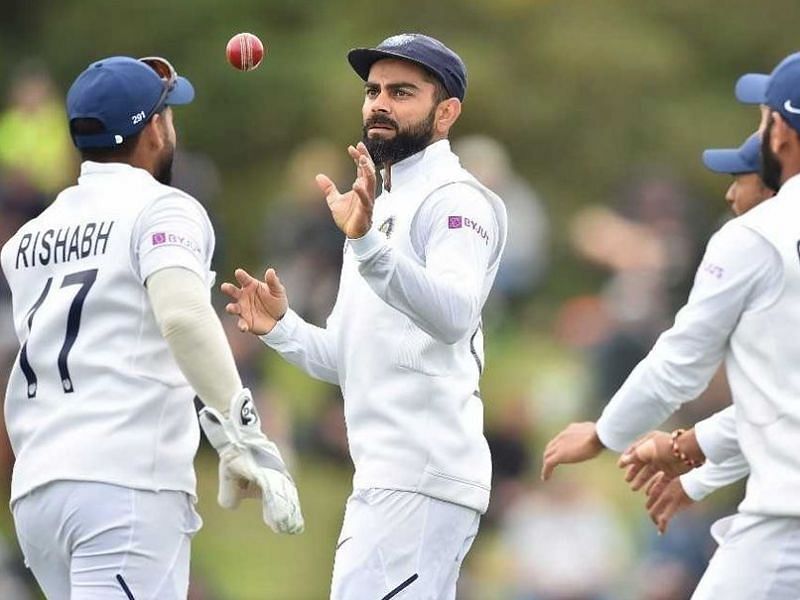
New Zealand vs India 2020: 3 decisions which did not pay off for India in the Test series
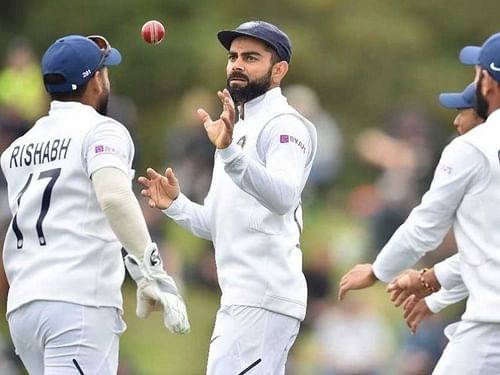
After whitewashing New Zealand 5-0 in the T20I series, India's fortune took a nosedive as they lost matches one after another. First, the ODI series was lost 3-0 and then getting outplayed in the two-match Test series by 2-0, India's performance has made everyone to think how could a world-class team suddenly lose the plot all of a sudden.
In the Test series, India had a batting disaster in the first Test at Wellington and lost the match by 10 wickets, exposing their batsmen's weakness in facing swinging deliveries. The scene did not change much in the second Test at Christchurch as India, despite gaining a slender lead in the first innings and getting a chance to save the match as well as the series in the second innings, threw it away with another batting collapse and handed the hosts a 7-wicket victory.
India, who are currently at the top of the ICC World Test Championship points table, failed to live up to their reputation in the two-match Test series against the Black Caps. While the overall performance of the team was below-par, there were several decisions which did not pay off for India in the series and here are 3 such decisions.
#1 Excluding KL Rahul and opening with the Shaw-Agarwal pair
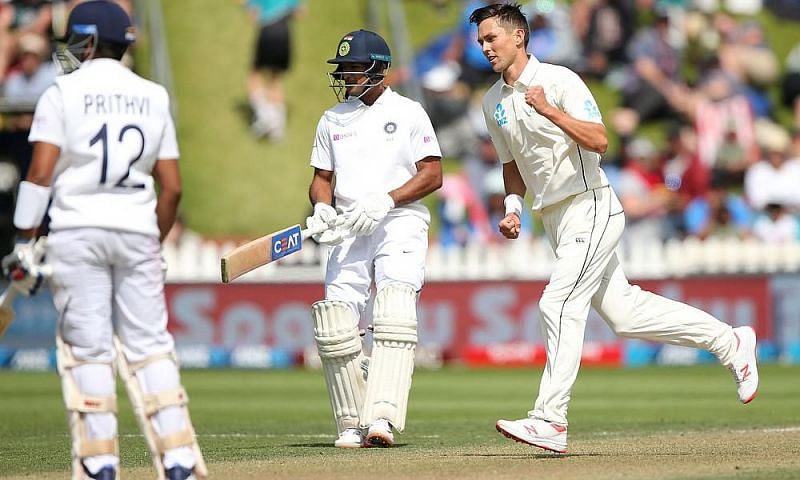
KL Rahul was in the form of his life in the limited over formats in New Zealand. His versatility to play the role of both opener and finisher made his case stronger for his comeback into the Test squad. And looking at his purple patch on New Zealand soil, Rahul was expected to open in Tests after Rohit Sharma's unavailability.
Also see – Women’s T20 world cup points table
However, India preferred Prithvi Shaw as Mayank Agarwal's opening partner for the Test series over KL Rahul. It was never going to easy to bat in swinging conditions in New Zealand wickets and the pair of Shaw and Agarwal had the tough task of providing India a good start in such challenging situations. But unfortunately, India's new opening pair failed to survive for long in front of the New Zealand fast bowlers. Although both the batsmen scored a fifty each in the Test series, their opening pair could not survive even 10 overs in a single innings, exposing the middle order to the Kiwi bowlers too early.
The Shaw-Agarwal pair played only 19.3 overs together in the four innings of the two-match series. Their highest partnership was just 30 runs in the first innings of the second Test. All these numbers surely put a question mark on their effectiveness against such challenging conditions and also on the non-consideration of Rahul despite being in sublime form whose inclusion could have provided more stability to India's batting.
#2 Playing Rishabh Pant ahead of Wridhhiman Saha
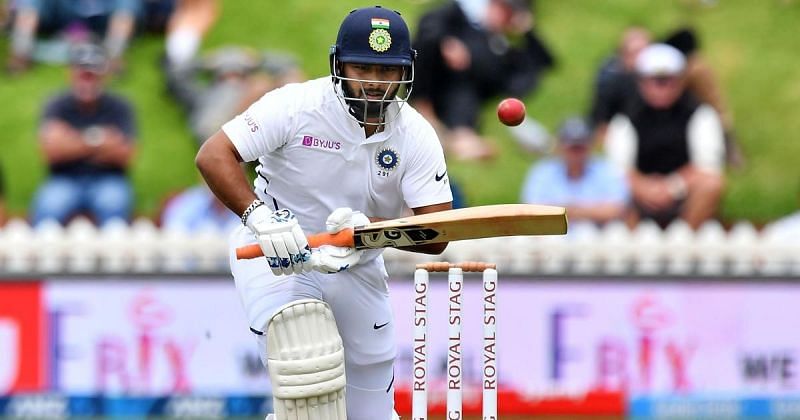
Another selection question that made a lot of buzz was the inclusion of Rishabh Pant in the playing XI instead of Wridhhiman Saha as the wicket-keeper. Saha had kept wickets in the last home season and after his fine show behind the stumps added to Rishabh Pant's exclusion from the playing XI in the limited over games against New Zealand, the former was expected to feature in the Test series against New Zealand.
Indian coach Ravi Shastri justified the move by saying that Pant's aggressive left-handed batting and not so much spin in New Zealand wickets tilted the decision in the his favour and the veteran Saha had to warm the bench for the series.
Unfortunately, the decision of having Pant in the playing XI did not help India in saving the Test series. Although Pant was decent with the gloves behind the stumps, his contribution with the bat could not justify the main reason for which he was included in the playing XI - his aggressive batting in the lower order. The left-hander managed to score only 60 runs in four innings, with a highest score of 25.
Pant was brilliant with the bat in his debut tour of England followed by that of Australia. But this time in New Zealand, he was far from making a significant contribution with the bat.
#3 Playing four specialist bowlers instead of five
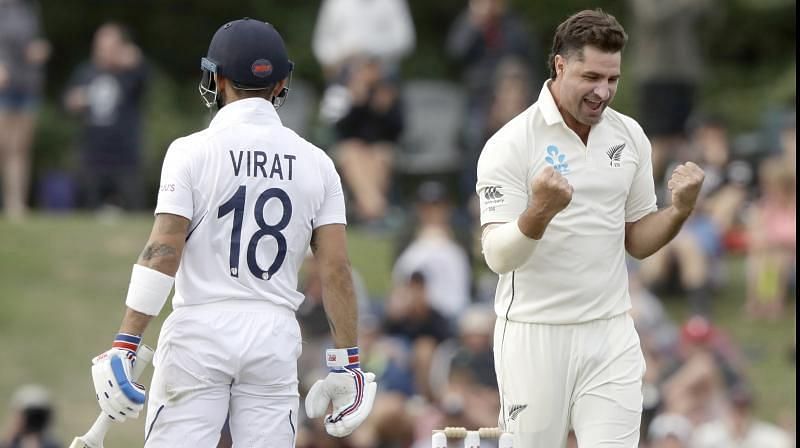
India took the field with four frontline bowlers - 3 seamers and one spinner in both the Tests, unlike New Zealand who played with four specialist bowlers and an all-rounder. And the shortage of that one extra fast bowler haunted India a lot, especially while bowling in the first innings of the first Test.
New Zealand's Colin de Grandhomme played the role of the fourth seamer and stood as a hurdle in front of the Indian batsmen with his tight line and length. Having the fourth seamer also meant that New Zealand could keep their prime bowlers fresh throughout the day's play without over exerting them. This proved to be a masterstroke for New Zealand as they successfully restricted India to low scores in both the Tests.
But India, while trying to extend the batting order, missed the trick. The absence of the fifth bowler made India toil hard for wickets after a poor show with the bat, eventually failing to put pressure on New Zealand's batsmen. Moreover, the inability of the Indian bowlers to get past the tail-enders in New Zealand's first innings of in Wellington also made them feel the need of another option with the ball.
An additional fast bowler in the form of Navdeep Saini with his lethal fast bowling could have made things easier for India with the ball, at least in the first Test when New Zealand took their first innings score from 225-7 to 348-10. But preferring to play with 7 batsmen robbed India of having this option.
Also read | ICC World Test Championship Points Table as on 2nd March 2020